Hey there, backyard adventurer! You might think your backyard is a serene haven, but there’s an entire ecosystem out there teeming with wildlife that might not be as friendly as they seem. Sure, they might look cute or harmless at first glance. But don’t be fooled! Some of these critters can pack a punch—metaphorically speaking, of course. From tiny insects to seemingly gentle mammals, let’s dive into the surprisingly dangerous animals that could be lurking just outside your back door.
1. Don’t Underestimate The Common Squirrel
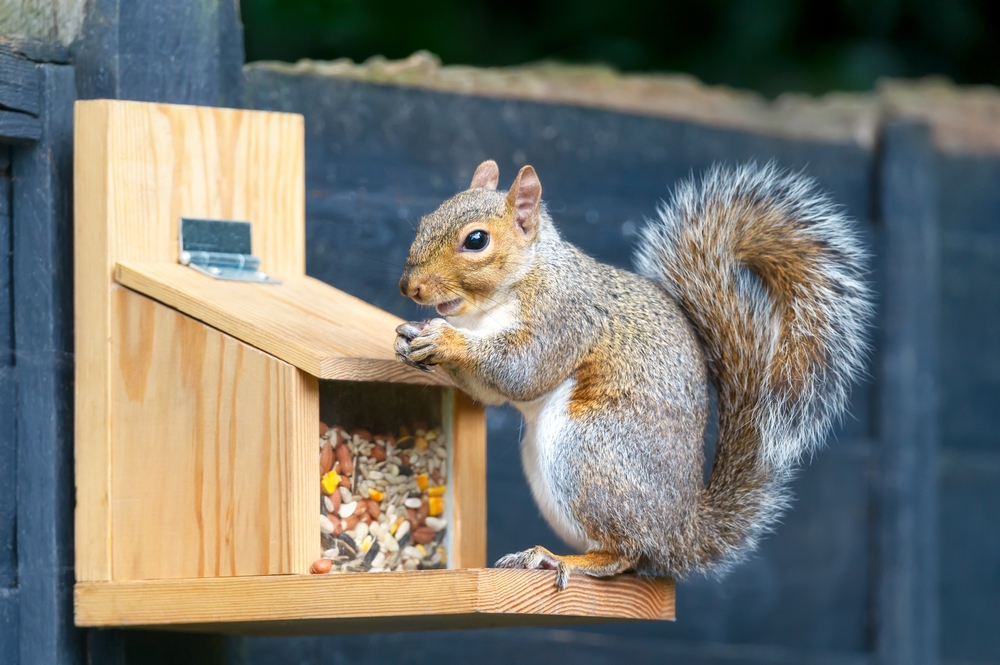
You see them everywhere—squirrels, the adorable little acrobats of the trees. They seem harmless, right? Just scampering around, collecting nuts, and occasionally terrorizing your bird feeders. But did you know that these fluffy-tailed rodents can carry diseases like rabies and typhus? While it’s rare for squirrels to attack humans unprovoked, a cornered or sick squirrel could lash out with sharp teeth and claws. So, while they might look like the Disney sidekick you never had, it’s best to enjoy them from a distance.
Furthermore, squirrels are notorious for causing electrical problems. Yup, these cuties have been known to chew through wires and cables, leading to power outages and even fires. They’re also infamous for raiding gardens and destroying plants. If you have a backyard vegetable patch, you might want to keep an eye out. Their insatiable hunger can turn your gardening hobby into a frustrating battle. So, while they may look cute and harmless, remember that squirrels hold the potential for chaos.
2. The Fearful Honeybee: Friend Or Foe?
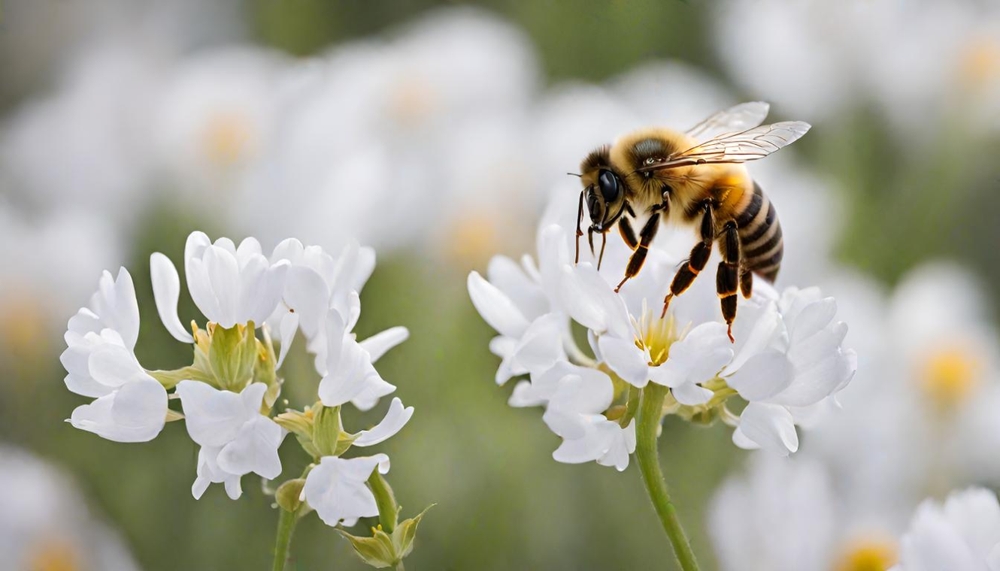
Bees are the unsung heroes of pollination, and we owe much of our delicious fruits and vegetables to their hard work. However, despite their positive contributions, bees can pose a significant threat if provoked. A single sting can be painful enough, but for those with allergies, it can be life-threatening. According to Mayo Clinic, bee stings can cause severe allergic reactions, including anaphylaxis, which is potentially life-threatening.
In addition to providing painful stings, bees can swarm when threatened, which is a sight you definitely don’t want to see in your backyard. A swarm means hundreds of bees all moving together, looking for a new home, and they can be quite aggressive. It’s not just a movie trope—swarming bees will defend themselves fiercely. If you notice unusual bee activity around your home, it might be time to call in an expert for removal. It’s best to keep your distance and let the professionals handle it.
3. Snakes: The Slithery Surprise
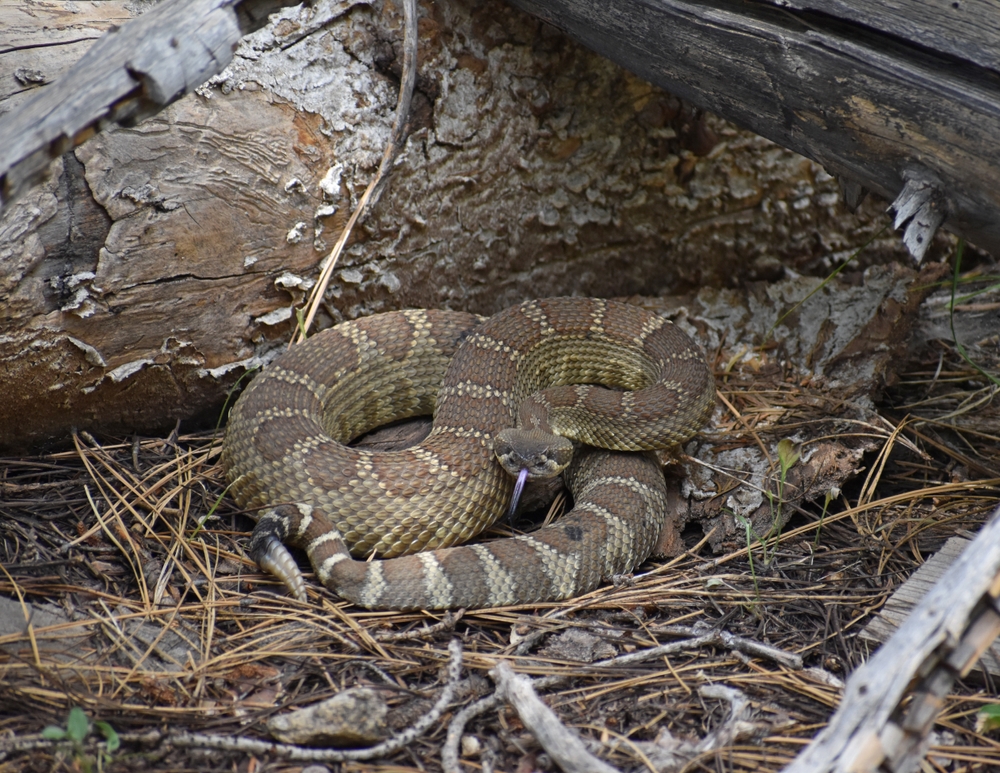
These legless wonders have a reputation that precedes them. While many backyard snakes are harmless and even beneficial for controlling pests, some can be quite dangerous. Venomous snakes like copperheads and rattlesnakes can occasionally make their way into your yard. As noted by Wildlife Informer, venomous snakes like copperheads and rattlesnakes are present in the U.S., and their bites can pose serious risks if encountered in residential areas.
On top of their venomous potential, snakes are adept at hiding in plain sight. They love to curl up in piles of leaves, wood, or under rocks, making them difficult to spot. This stealthiness can lead to unintentional encounters, which might not end well if the snake feels threatened. If you do come across a snake, give it space and let it move along on its own. Consider consulting a professional if you suspect venomous snakes are frequent visitors to your yard.
4. Raccoons: Masked Mischief Makers
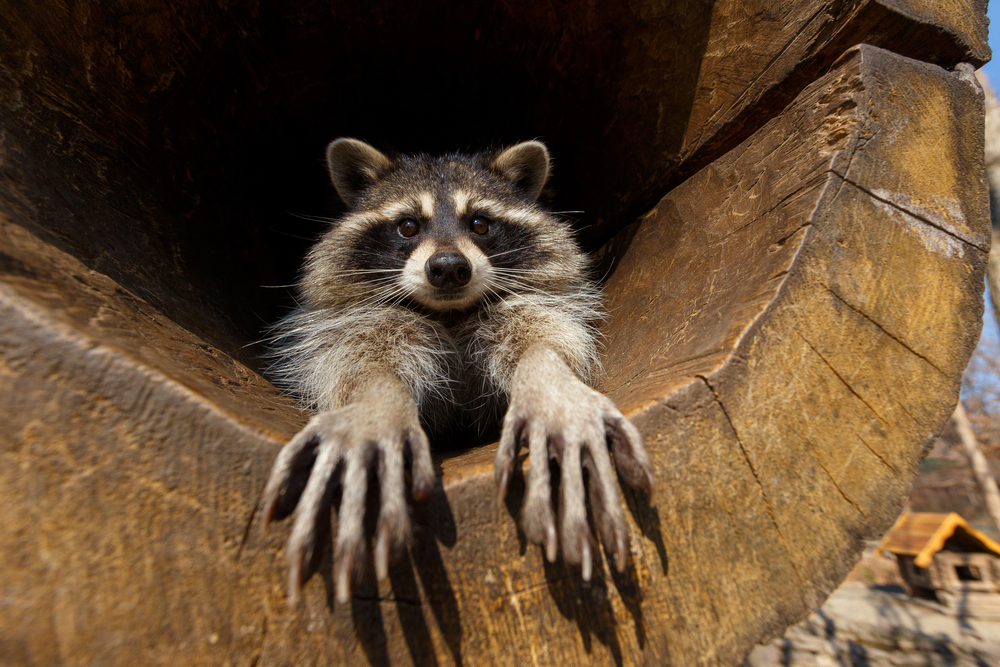
These masked bandits are adorable, cunning, and surprisingly dangerous. They’re known for rummaging through trash and causing mayhem, but they can also be carriers of diseases like rabies and leptospirosis. Raccoons are highly intelligent and can be quite bold, often approaching humans if they think there’s food to be had. While they generally avoid direct confrontation, a cornered raccoon can become aggressive. It’s never a good idea to attempt to feed or handle them.
Moreover, raccoons have a knack for getting into your garage, attic, or shed, looking for food or shelter. They can cause significant property damage, tearing through insulation, siding, and wires. Not to mention, their nocturnal nature means you might hear them causing a ruckus when you’re trying to get some sleep. These creatures are best appreciated from a distance, and securing your trash and home entry points can help keep them from becoming too comfortable.
5. The Innocuous-Looking Deer
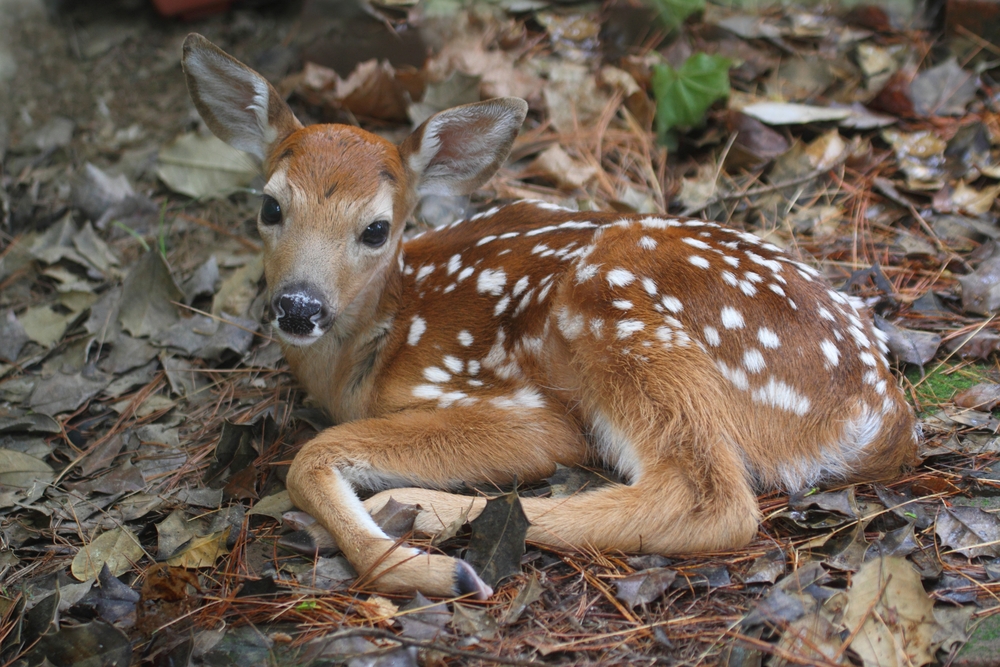
Graceful and serene, deer are the epitome of woodland beauty. However, when they wander into your backyard, they can bring a host of problems. First and foremost, deer are notorious for wreaking havoc on gardens. Your lovingly tended flowers and vegetables can be decimated overnight. Additionally, deer are carriers of ticks, which can spread Lyme disease. Just their presence in your yard can increase the number of ticks around your home.
Then, there’s the problem of deer becoming too accustomed to humans. In suburban areas, deer might lose their natural fear and become aggressive, particularly during mating season. They can be dangerous to both pets and people if provoked. While they might seem like nature’s gentle giants, it’s crucial to maintain a safe distance. Installing deer-resistant plants or barriers can help keep these beautiful yet problematic creatures at bay.
6. The Biting Mosquito
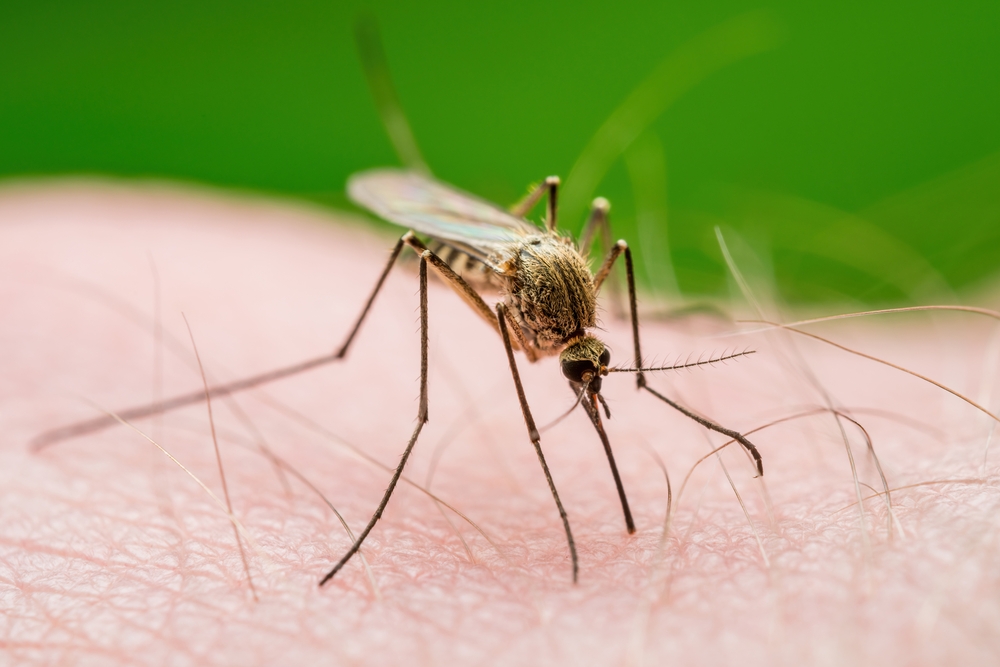
These tiny bloodsuckers are more than just an itchy annoyance. They’re known vectors for serious diseases like West Nile virus, Zika, and malaria. Mosquito bites can be more than just a nuisance—they pose real health risks, especially in areas where these viruses are prevalent. It’s important to take steps to minimize their breeding grounds by eliminating standing water in your yard. Installing screens and using repellents can also help reduce your risk of bites.
In addition to carrying diseases, mosquitoes can quickly turn any outdoor gathering into a swatting frenzy. Their high-pitched whine and relentless pursuit of a meal can be incredibly frustrating. While not all mosquitoes are disease carriers, it’s difficult to tell which ones are. So, it’s best to take preventive measures seriously. Planting mosquito-repelling plants like citronella or lavender can also be a helpful addition to your garden.
7. Tiny Terrors: Ticks
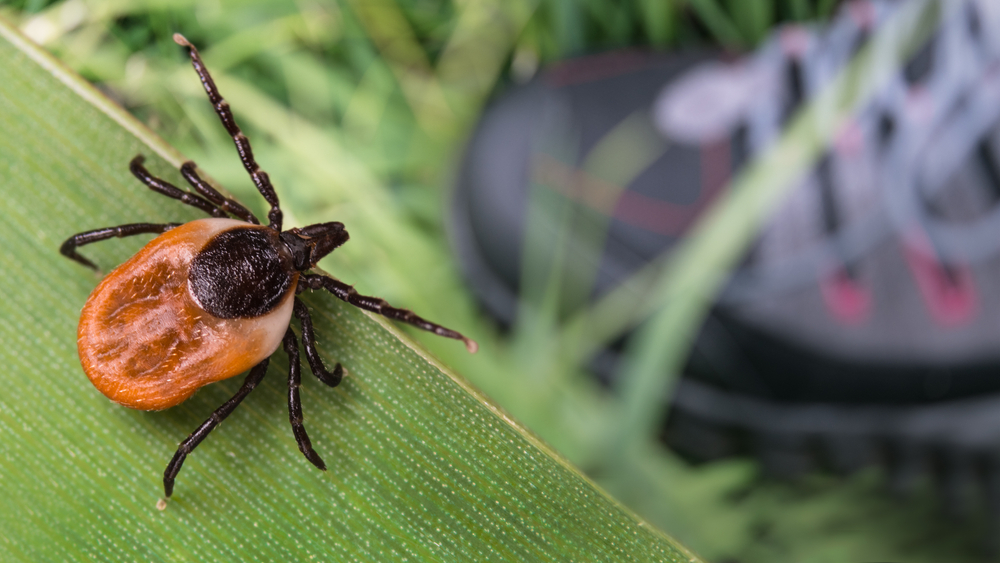
Don’t let their small size fool you; ticks are among the most dangerous backyard dwellers. These arachnids are notorious for spreading Lyme disease, as well as other illnesses like Rocky Mountain spotted fever. They often hitch a ride on pets, people, or wildlife and can be challenging to detect until they’ve already bitten. It’s crucial to perform regular tick checks after spending time outdoors, particularly in grassy or wooded areas.
Ticks are most active during warmer months, but some species can pose a threat year-round. They have a knack for hiding in tall grass and shrubs, so keeping your lawn well-maintained can help reduce their numbers. The threat they pose is serious, especially in areas where tick-borne diseases are common. Taking preventative measures, like using tick repellents on pets and wearing protective clothing, can help keep you and your family safe from these stealthy parasites.
8. The Unassuming Ants
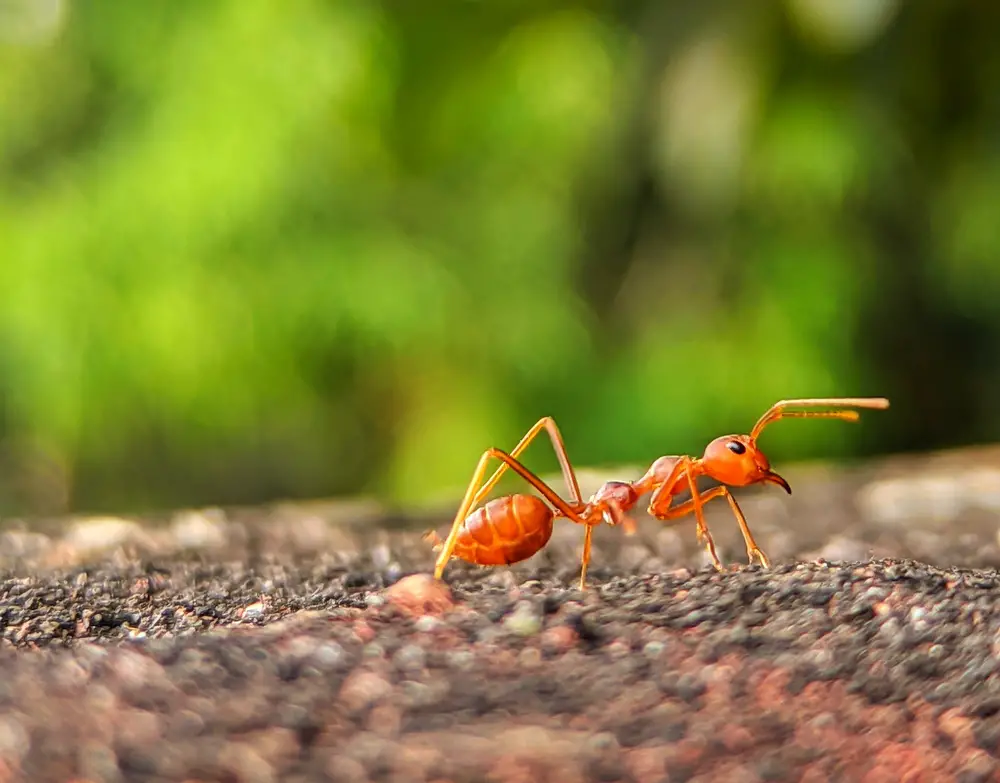
You might not give them much thought, but ants can become a significant problem if left unchecked. Some species, like fire ants, deliver painful stings that can cause severe allergic reactions in some people. These tiny insects often invade homes in search of food, and once they establish a colony, they can be challenging to eradicate. Keeping your kitchen clean and sealing entry points can help keep them at bay.
Furthermore, some ants can cause structural damage to your home. Carpenter ants, for example, bore into wood, compromising the integrity of your property. Even if they’re not damaging your home, ants can quickly become an overwhelming nuisance. Once they’ve found a food source, they leave a pheromone trail, leading more ants straight to the feast. Comprehensive pest control methods are often necessary to manage these persistent invaders.
9. Wasps: More Than Just A Sting
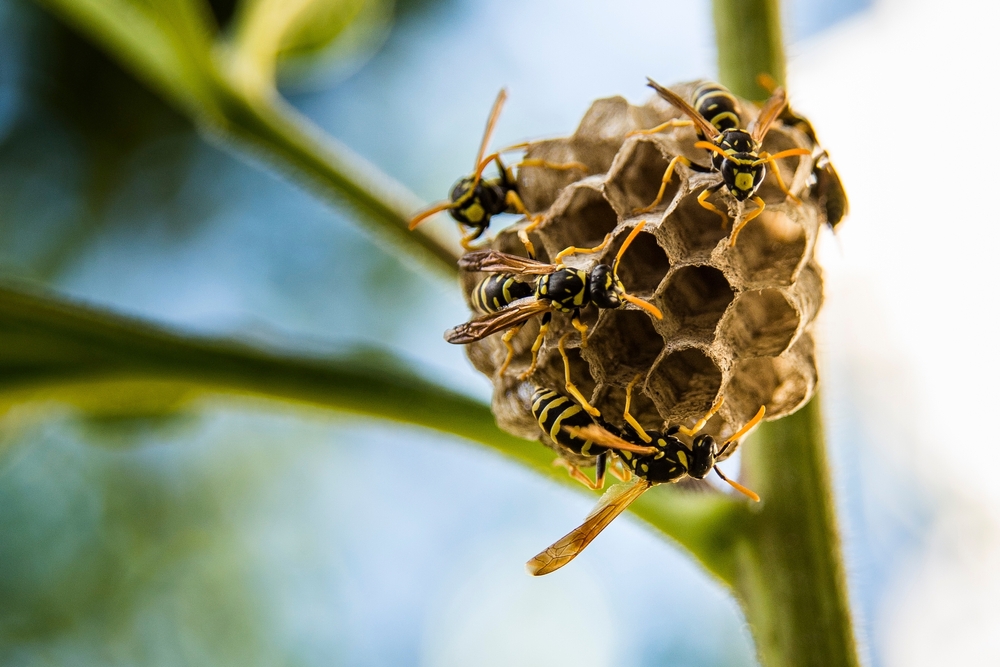
These flying insects are more aggressive than their bee counterparts and can sting multiple times. Unlike bees, wasps don’t lose their stingers, which means they can attack repeatedly if they feel threatened. Their stings are not only painful but can also trigger severe allergic reactions in some individuals. It’s especially important to be cautious around nests, as disturbing one can provoke a swarm of angry wasps.
In addition to their painful stings, wasps can be particularly problematic at outdoor gatherings. They are attracted to sweet foods and drinks, which can make picnics and barbecues uncomfortable. Keeping food covered and trash properly sealed can help reduce their attraction to your yard. If you find a wasp nest, it’s best to contact professionals for safe removal. Underestimating wasps can lead to painful encounters, so it’s best to treat them with caution.
10. The Silent Predator: The House Cat

While not wild, outdoor cats are skilled hunters and can pose a threat to local wildlife. Their hunting instincts often target birds, small mammals, and reptiles, which can disrupt the local ecosystem. While they appear to be your cuddly companion, their impact on wildlife can be significant. Keeping cats indoors or managing their outdoor time can help preserve local fauna.
Furthermore, outdoor cats can bring back fleas, ticks, and even diseases into your home. They may get into fights with other animals, risking injury and infection. Cats that roam free are also at higher risk of getting lost, hit by cars, or attacked by larger predators. While they may seem like harmless fluffballs, managing their outdoor activities is essential for their safety and the well-being of the local environment.
